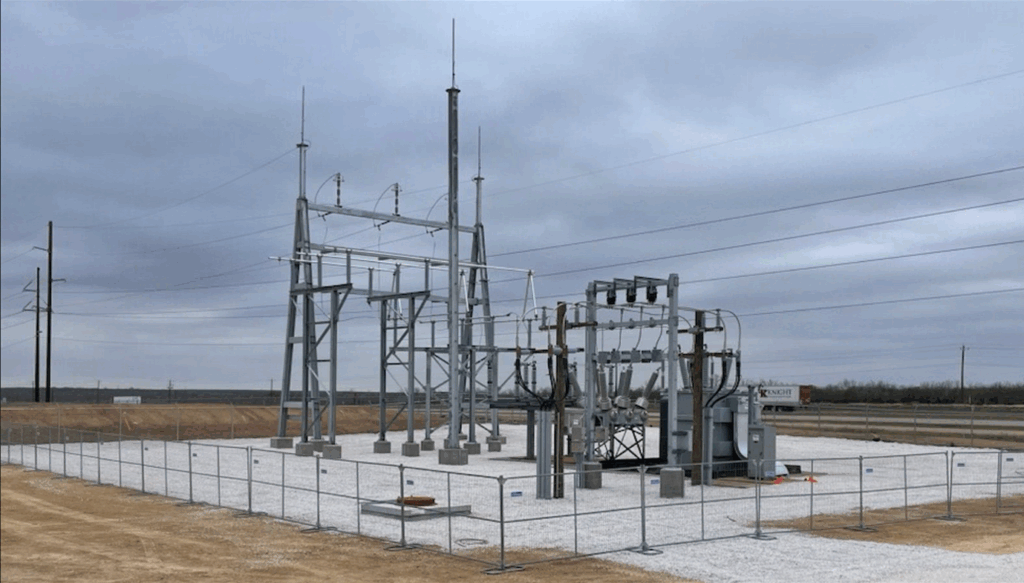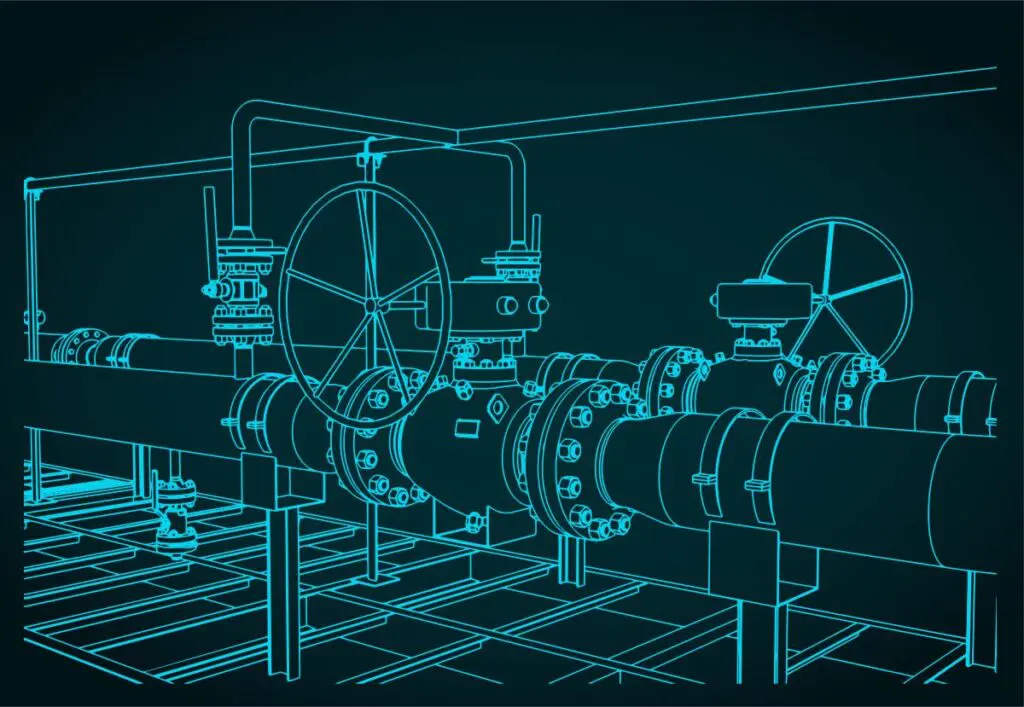

Want to share this article?
Optimize Amine Treatment System Parameters to Maximize Profitability
Amine treatment units play a key role in the natural gas refinement process, and as a result, inefficient operation of these units can often result in excessive corrosion, increased maintenance, lower product quality and most importantly, reduced productivity.
Because the chemical composition of raw natural gas streams can vary significantly depending on the origin of the product, optimization of treatment system parameters is essential to maximizing efficiency. In many cases, standard operating procedures and best practice guidelines can be followed in an effort to achieve this; however, it’s beneficial to understand how these parameters affect treatment operations so that system specifications can be adjusted accordingly. Some of these parameters include, but are not limited to, the following:
Amine Temperature – Amine absorbers work on temperature gradients, and for the most part, the lower the temperature of lean amine, the more effective it is in absorbing H2S from sour gas.
Amine Concentration – Concentration (or strength) also plays an important role in the ability of amine to absorb H2S in the gas sweetening process. Optimal concentrations help prevent excessive circulation; thus reducing energy costs. Frequent sampling should be completed to determine optimal strength and temperature of lean amine.
Stripping Ratio – Excess steam produced during the stripping process needs to be condensed and this requires energy. For treatment units with hydraulic limitations, this can cause a drop off in operational efficiency. Because of this, stripping requirements should be kept to an absolute minimum.
Circulation Rate – Circulation represents a significant portion of the total cost associated with the amine treatment process. As a result, sub-optimal circulation rates can often result in increased corrosion, higher operating costs and/or lower quality product.












